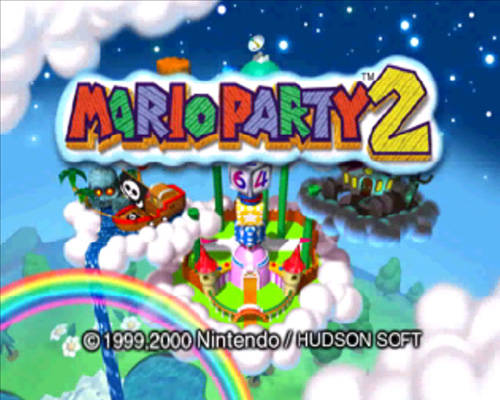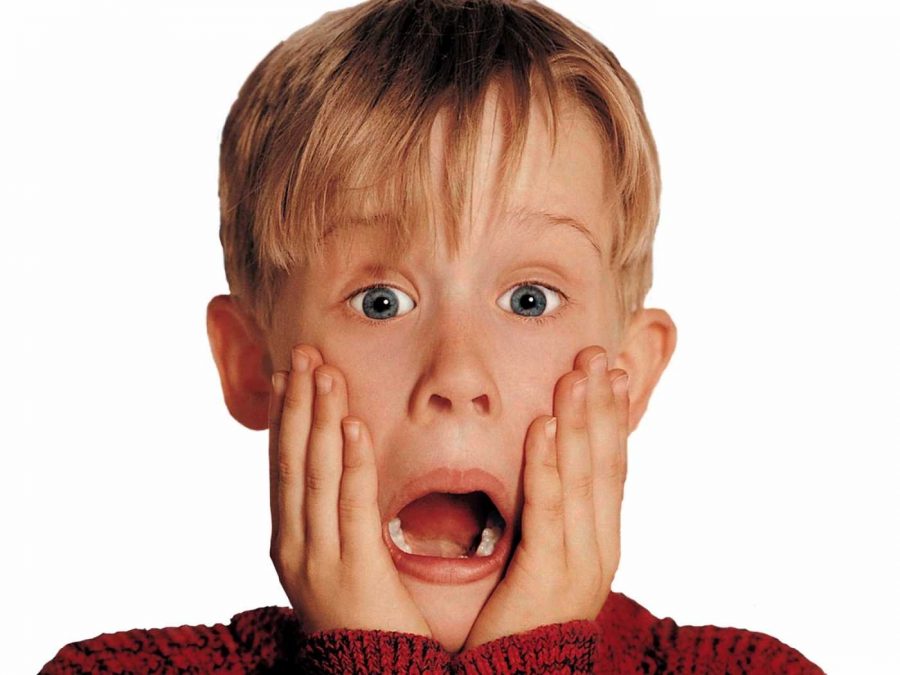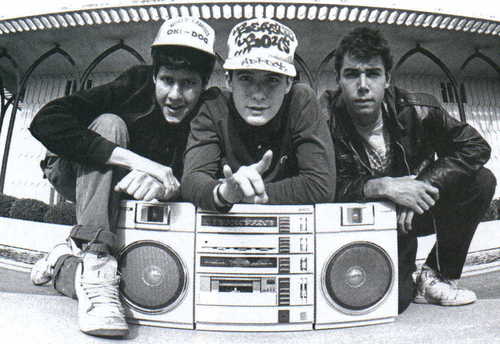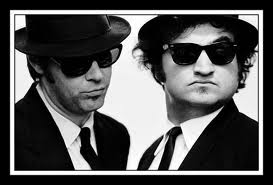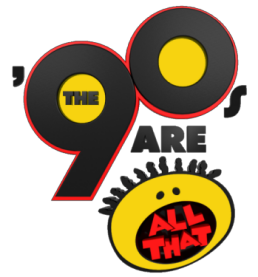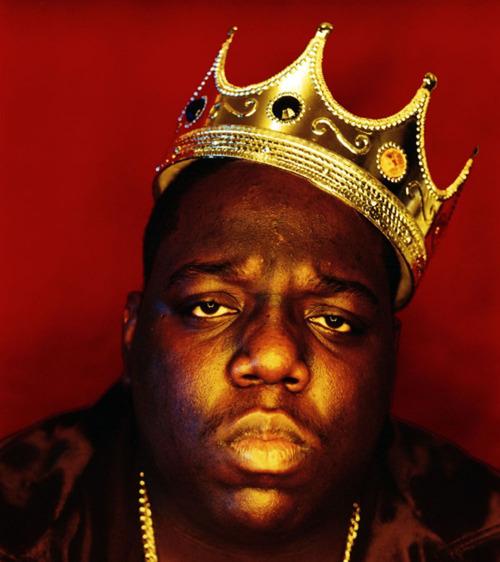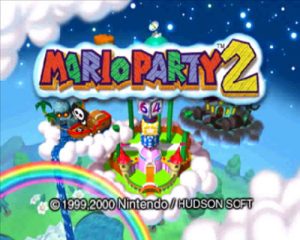
It’s hard to believe that about 15 years ago, the Nintendo 64 was the leading video game console in America. It seems like century-old technology, considering the elite platforms around today, like xBox 360, PlayStation 3, and Wii. Not only have N64 games been considered classics, but they’re even being rereleased on the Nintendo Wii’s “Virtual Console”. Although gamers today are able to play many of the re-releases on a 50 inch HDTV with the Wii’s ‘classic controller’, nothing beats using the bulky three pronged controller with its multicolored buttons (that occasionally stick after pressing them down too hard) on a wood paneled television. Despite some of the N64’s lesser appreciated titles, like “Bomberman 64,” “Perfect Dark,” and “Rayman 2: The Great Escape,” the console does hold records for some of the greatest games of all time. “The Legend of Zelda: Ocarina of Time” and it’s sequel “Majora’s Mask” became instant favorites on the platform, along with “Banjo-Kazooie” and naturally, the star of Nintendo, the “Super Mario” games. While “Super Mario 64” was the console’s best selling game, “Mario Party 2,” released in January of 2000, easily ranked among the favorites and won over the hearts of its thousands of players.
“Mario Party 2” has the same concept of its predecessor, in which it’s basically a virtual board game. Players can customize the settings of the game, such as how many turns they will play, bonuses, and difficulty. The player will also choose his or her own character: Mario, Luigi, Yoshi, Princess Peach, Wario, and Donkey Kong. The object of the game is to collect the most stars and become the “Superstar”, who will beat Bowser in a CGI cutscene. One star is located on a random spot on the map, and costs 20 coins to buy. In order to earn coins, players take turns rolling on-screen dice and moving a particular number of spaces, collecting coins along the way. Players can also earn coins by winning minigames, stealing them with the aid of the non-playable character, Boo, or simply by moving throughout the board. After each round, a minigame is randomly selected, and the players are segregated into either 4 versus 4, 2 versus 2, 1 versus 3, or battle games. Teams are determined by landing on common map spaces or randomly. The game’s 65 minigames and 6 maps give the game great replay value and keeps its players entertained.
One of the easier maps to play on is “Pirate Land,” where the characters will dress up as pirates, duel each other in a coin-driven sword fight, avoid getting hit by cannonballs, and ride sharks to different areas of the map. There’s also “Western Land,” where the players will venture the wild west, train-hopping their way to the star, and celebrate hootenannies when the time arises. “Mystery Land” is one of the most irritating maps; the characters are transported by UFOs and magic beams to other parts of the map as they scour the map’s ancient ruins, looking for stars. “Black Hole Bowser” takes control of “Space Land,” where characters play at a space station and avoid the treacherous “Bowser Beam,” which takes all of the affected player’s coins and gives them to Bowser. “Horror Land” sets a spooky mood on the map as the wizard-dressed characters work around ghosts and magic eyeballs in order to become the Superstar. After completing all of these maps at least once, “Bowser Land” is unlocked, and the players must deal with the wacky and backwards rules of this unconventional map.
As most “Mario Party” players would agree, the game suffers on single player. The multiplayer mode of up to 4 people may take over an hour to play, but it certainly isn’t boring. The game’s quirky and goofy features (like talking skeleton keys, dancing with ghosts, and getting caught in a parade) make it addictive and popular on the nearly outdated (but legendary) Nintendo 64.
“Mario Party 2” Commercial (1999)
“Mario Party 2” Commercial (1999)



